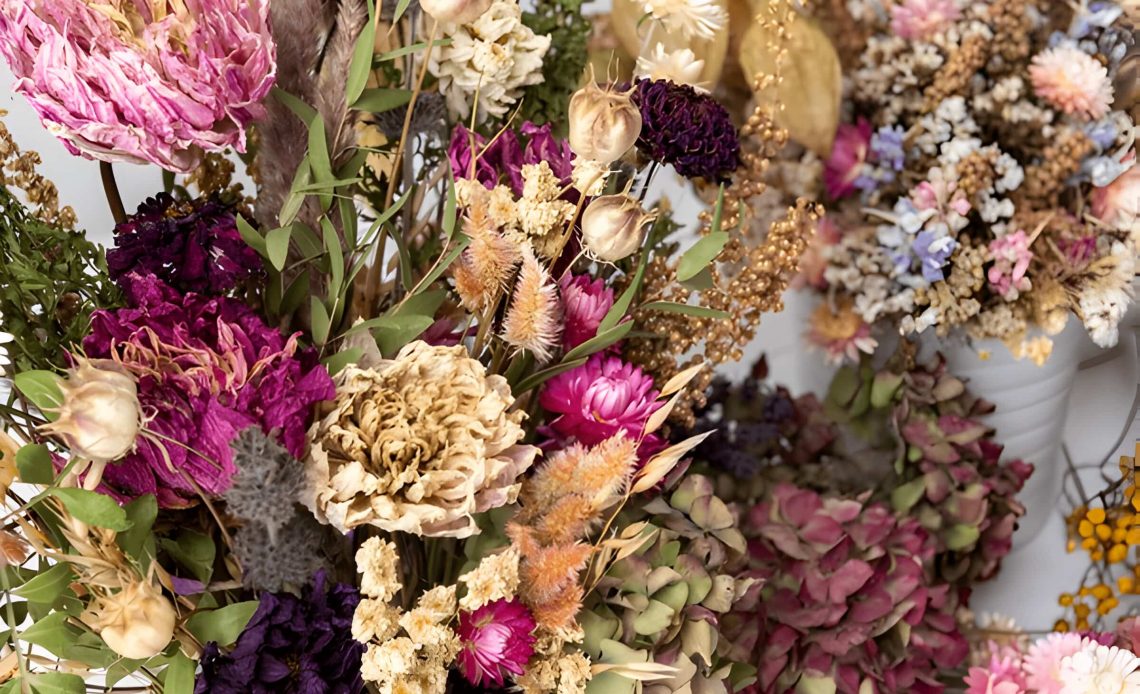
Preserving the delicate beauty of fresh flowers is a cherished art. Whether you’re a passionate gardener or simply love the look of dried blooms, there are several methods to choose from. Let’s explore different techniques for how to preserve flowers and discover how to maintain their allure.
Types of Flower Preservation
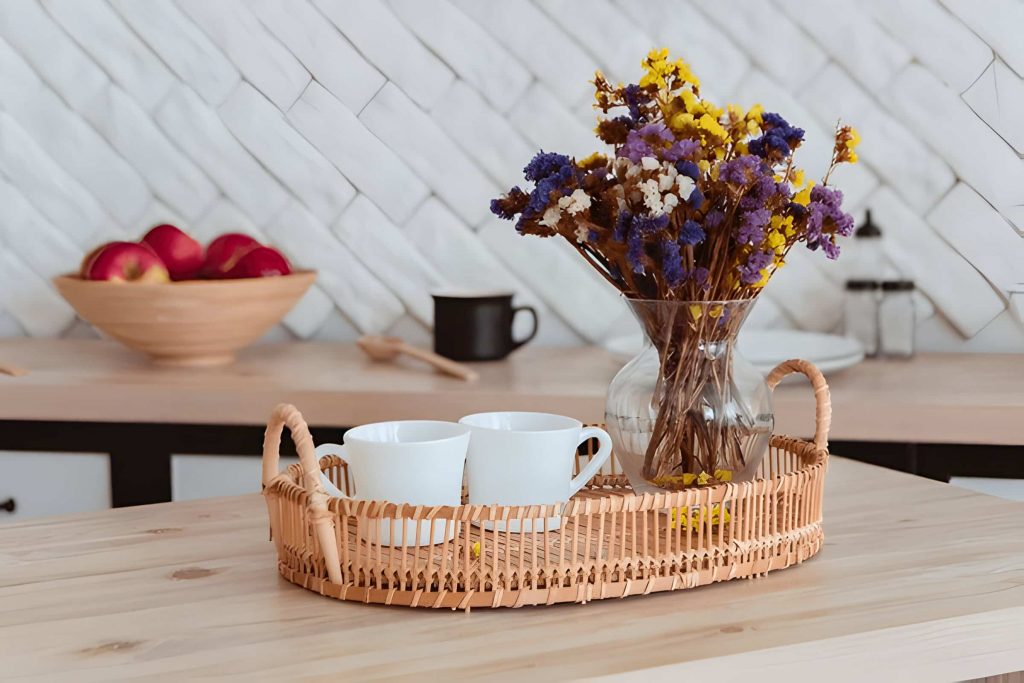
A variety of methods can be employed to preserve flowers. Each technique offers unique results, influencing the final appearance and longevity of your dried blossoms.
- Air Drying is a classic approach that allows flowers to dry naturally. This method is gentle and often preserves the flower’s shape well.
- Pressing is ideal for flat flowers like pansies or violets. It creates delicate, two-dimensional specimens perfect for framing.
- Sand is an interesting technique that involves burying flowers in sand to extract moisture. This method can be messy but yields intriguing results.
- Microwave Drying is a faster alternative to traditional methods, but it requires careful attention to prevent damage.
- Glycerin and Borax are chemical preservation methods that maintain flower flexibility. These options are suitable for creating decorative arrangements. Silicon dioxide, often referred to as silica gel, is a popular desiccant used to rapidly dry flowers while preserving their color and shape.
How to Air Dry Flowers (The Best and Easiest Method)

Air drying is a simple yet effective method for preserving flowers.
- Select flowers with sturdy stems.
- Create small bunches and tie them together with twine.
- Hang the bundles upside down in a dark, dry, and well-ventilated area.
- Avoid direct sunlight.
- Allow the flowers to dry completely (several weeks).
- Gently spritz with hairspray to protect the petals.
How to Preserve Flowers in the Microwave
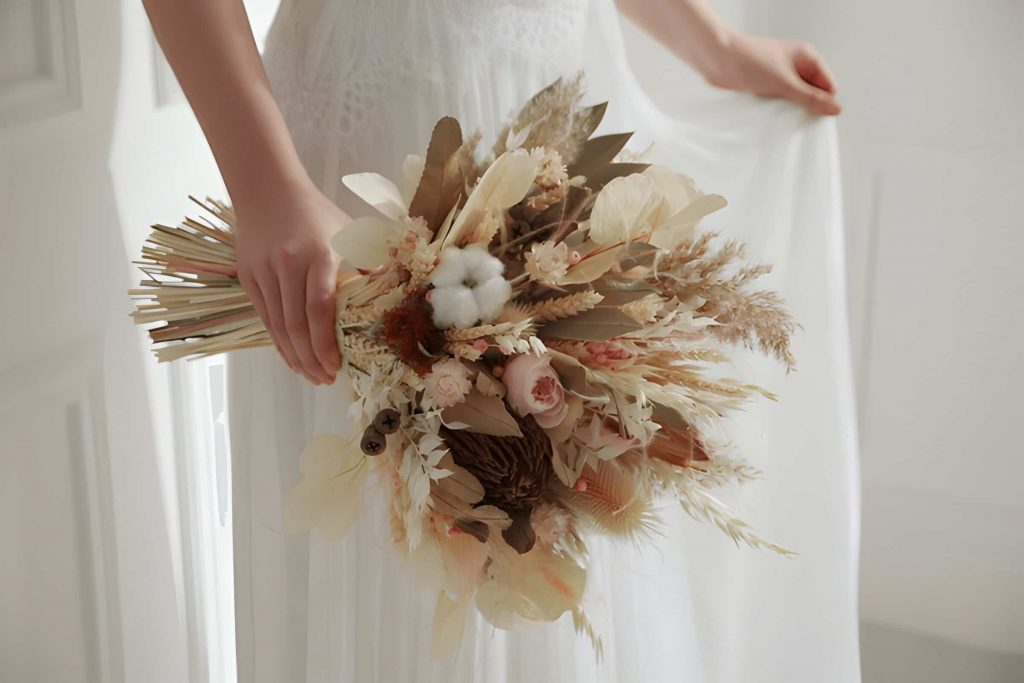
Another method for how to dry flowers is to use a microwave with the help of silica gel. This method is particularly effective for preserving the form and color of individual flowers like graceful gerberas, elegant chrysanthemums, classic roses, and striking tulips. The silica gel acts as a moisture-absorbing sponge, working in tandem with the microwave’s heat to swiftly extract moisture, leaving behind a beautifully preserved floral specimen.
- Select sturdy flowers.
- Prepare flowers as for air drying.
- Place flowers in a microwave-safe container filled with silica gel.
- Microwave in short bursts, checking frequently.
- Avoid overheating.
- Remove flowers from silica gel once dried.
Microwave drying offers a quicker approach to flower preservation. However, it requires careful monitoring to prevent burning.
How to Preserve Flowers With Sand
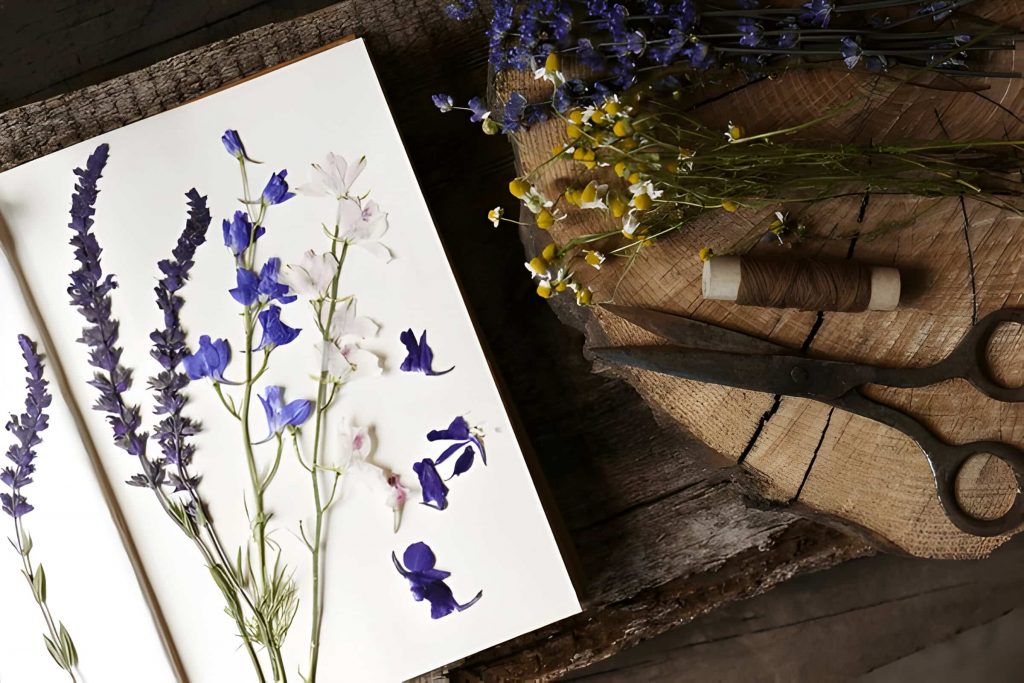
Preserving flowers with sand is a unique method that yields interesting textures.
- Select sturdy flowers.
- Prepare flowers as usual.
- Pour a layer of sand into a suitable container.
- Carefully bury flowers in sand, ensuring complete coverage.
- Allow flowers to dry completely (several weeks).
- Gently remove the sand.
How to Preserve Flower Petals
Preserving individual flower petals allows for creative arrangements and projects. To preserve petals, lay them flat on a sheet of absorbent paper. Cover with another sheet of paper and place heavy books on top. Allow the petals to dry completely, which may take several days. Once dried, delicate flower petals can be used in various crafts or incorporated into decorative projects.
By exploring these different preservation methods, you can discover the perfect technique for capturing the beauty of your favorite flowers. Experiment with various techniques and enjoy the process of creating lasting floral treasures.
How to Press Flowers
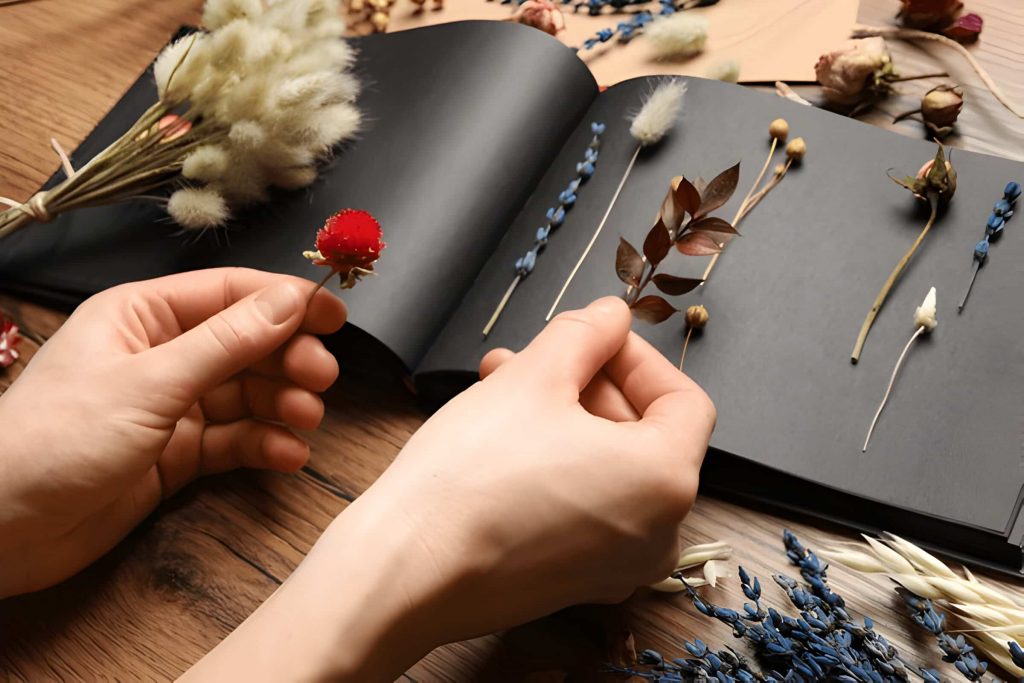
To press flowers, start by selecting flat-faced blooms like pansies, daisies, roses or violets… Gently remove any excess moisture. Place the flowers between sheets of absorbent paper, creating a floral sandwich. For added pressure, stack heavy books on top. Allow the flowers to dry completely for 2-4 weeks, checking occasionally. Once dry, carefully remove your delicate pressed flowers and enjoy their timeless beauty.

How long does it typically take for flowers to air dry completely?